Clinical Corner
QMy patient has onychodystrophy that is bothersome – what do I do?
Medically reviewed on 03.01.2024 by Mark Lebwohl, MD
Onychodystrophy refers to nail changes apart from changes of color alone, which is called nail dyschromia. Onychomycosis (defined as chronic fungal infection of the fingernail or toenail) is typically responsible for onychodystrophy about 50% of the time.
Other potential causes of onychodystrophy are psoriasis, lichen planus, eczema, trauma (including chronic microtrauma from ill-fitting shoes or secondary to frequent running), infections such as scabies, tumors such as warts or SCC, internal diseases, and certain antimicrobial or antineoplastic medications.
Onychomycosis of the toenails usually results from a preceding tinea pedis infection.
Although nail fungus is relatively rare in children, the estimated prevalence of onychomycosis in North America is up to 13.8% for adults according to the literature. In my dermatology practice, however, this number seems low.
As per a 2021 rapid evidence review on onychomycosis published in the American Family Physician, “Age older than 60 years is an important risk factor because of poor peripheral circulation, suboptimal immune function, slower nail growth, and longer exposure to pathogenic fungi.”
Other predisposing factors to toenail fungus are concomitant diabetes (and other immunocompromised states) and tobacco use.
Onychomycosis is not just a cosmetic problem; it can cause pain and physical impairment for some people as the nails become thickened. So when deciding to treat or not, I practice shared decision-making with my patient depending on the severity and how many nails are affected. This also weighs in when discussing doing a topical or oral therapy, or both.
I let them know that the recurrence rate after cure is thought to be somewhere around 25%, so nail fungus is something they may battle the rest of their life. Preventive measures such as avoiding walking barefoot in public places and disinfecting shoes and socks are thought to reduce the relapse rate.
Accurate diagnosis is important before initiating oral treatment because therapy is lengthy and can cause adverse effects. Therefore, if I am considering putting the patient on an oral treatment, I do a nail clipping first to send off to my dermatopathology team for periodic acid-Schiff (PAS) testing. I try to put several nail clippings in the container and get some of the subungual debris using a 15-blade.
If the patient has concomitant onycholysis (when the nail plate lifts up from the nail bed), try to get a sample from the most proximal affected area by first trimming the nail down.
Terbinafine is FDA approved to treat onychomycosis at a dosage of 250 mg a day for 6 weeks for fingernails and 12 weeks for toenails. Be aware that rare but serious complications may occur, such as cholestatic hepatitis, blood dyscrasias, and Stevens-Johnson syndrome.
In the past, I would check liver enzymes 6 weeks into treatment for toenails, but in a 2018 publication by Thomas McIntee et al in the JAMA, it was shown that often this is no longer necessary. The authors concluded that, “In this study of 4985 patients, alanine aminotransferase elevations, aspartate aminotransferase elevations, anemia, neutropenia, and lymphopenia were infrequently detected by monitoring laboratory test results, and rates were similar to baseline rates in our cohort. When laboratory abnormalities occurred, most were low grade and did not require additional laboratory tests or discontinued use of the medication.”
I do, however, make sure my patient has had a baseline CBC and CMP in the past year that looked good.
An alternative treatment option is fluconazole. It is not currently FDA approved for the treatment of onychomycosis, but has been shown to help eradicate nail fungus in multiple studies. A common off-label dosing regimen is anywhere from 150 mg to 450 mg a week for 6 to 9 months for affected nails. Some providers call this pulse dosing “Fungal Fridays” to help the patient remember to take their medication each week on the same day.
Oral itraconazole is also a potential treatment option as it is FDA approved for onychomycosis, but it’s not one I currently utilize in my practice.
The gold standard in studies assessing the various treatment options is a complete cure, which means negative mycology (negative microscopy and culture results) and a 100% clear-looking nail. This is very strict criteria, however, as residual nail dystrophy from chronic infection may scar the nail plate and not allow some nails to ever become completely normal looking again, even if there is significant clinical improvement from baseline in the appearance of the nail. On the other hand, the nail could look 100% clear/healthy, but the post-treatment fungal culture may still detect fungal colonization.
Meta-analyses have shown the mycological cure rate was 76% for terbinafine, 63% for itraconazole pulse dosing, and 48% for fluconazole. Mycological cure rates are 55% for topical efinaconazole (Jublia) and 36% for topical ciclopirox. Complete cure rates for these FDA-approved topical therapies are only 8.5% for ciclopirox lacquer and 18% for an efinaconazole solution. However, I find that many of my patients see enough improvement in the appearance of their nail(s) with even topical therapy alone that I have several who opt to just use a topical because of their great safety profiles.
Laser therapy is another option. In a meta-analysis performed by B. Zhou et al, data was extracted from 35 articles, including 5 RCT studies, 1723 patients, and 4278 diseased nails. It found the efficacy of laser treatment as monotherapy to be approximately 63%.
The efficacy of CO2 laser treatment was found to be slightly higher than that of 1064-nm Nd: YAG laser treatment for curing onychomycosis, and the perforated CO2 laser had superiority over the CO2 fractional laser, but there was higher risk of bleeding when using the perforated laser.
In all except 5 of the included articles, the laser treatment was repeated at least 4 times, and it was thought that more treatments provided a higher cure rate. Although the studies they included looked at laser treatment as monotherapy for onychomycosis, many other studies have found that the mycological and clinical efficacy of laser treatment combined with topical drugs was significantly higher than that produced by laser treatment alone.
References:
- Oppel T, Korting, H. Onychodystrophy and its management. Ger Med Sci. 2003; 1: Doc02.
- Rodgers P, Bassler M. Treating Onychomycosis. Am Fam Physician. 2001;63(4):663-673
- Drago L, Micali G, Papini M, Piraccini BM, Veraldi S. Management of mycoses in daily practice. G Ital Dermatol Venereol. 2017 Dec;152(6):642-650.
- Lok C. What’s new in clinical dermatology?. Ann Dermatol Venereol. 2016 Dec;143 Suppl 3:S1-S10.
- Wollina U, Nenoff P, Haroske G, Haenssle HA. The Diagnosis and Treatment of Nail Disorders. Dtsch Arztebl Int. 2016 Jul 25;113(29-30):509-18
- Gupta AK, Talukder M. Efinaconazole in Onychomycosis. Am J Clin Dermatol. 2022 Mar;23(2):207-218.
- Stolmeier D, McIntee T. Utility of Laboratory Test Result Monitoring in Patients Taking Oral Terbinafine or Griseofulvin for Dermatophyte Infections. JAMA
- Kawa N, Garibyan L. Onychomycosis: A Review of New and Emerging Topical and Device-based Treatments.J Clin Aesthet Dermatol. 2019 Oct; 12(10): 29–34.
- Ma W, Zhou B. Laser treatment for onychomycosis. Medicine (Baltimore). 2019 Nov; 98(48): e17948.
- Frazier W, Stupka, II K. Onychomycosis: Rapid Evidence Review. Am Fam Physician. 2021;104(4):359-367.



